Australian student 3D printing multi-function intelligent prosthesis limbu
Release date: 2015-11-02
Recently, Troy Baverstock, a student from Griffith University in Australia, developed a 3D printed smart prosthesis limbu, which is covered with sensors that can serve as medical diagnostic tools, activity trackers, cell phone chargers and personal entertainment systems. There are even color LED lights. 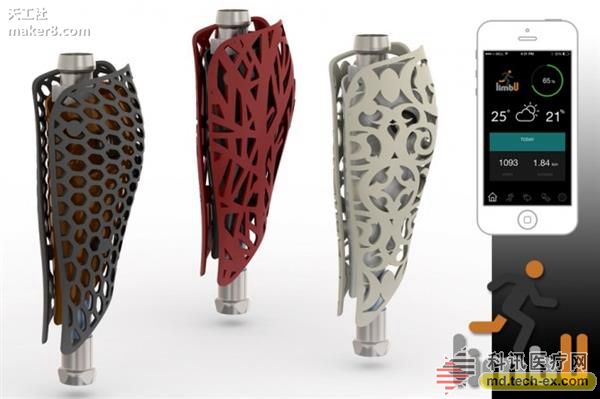
It is understood that Troy Baverstock, the inventor of this wonderful design, originally studied psychology at the University of Queensland and obtained a bachelor's degree, but later became fascinated by his theme of the relationship between humans and future technologies, so he turned to health at the graduate level. Scientific and engineering design.
“With a few exceptions, the current prosthetic design is still utilitarian in appearance, basically considering its use. Although medical technology has made great progress, in the field of prosthetics, it can match the technology. Progress is still limited to the scope of science fiction. The existing technical conditions are enough to support us in exploring new forms and functions of prosthetics, and the only limitation is our own concept," he said. That's why this 3D printed limbbU prosthesis is also equipped with a replaceable aesthetic shell and lighting effects that allow the wearer to fully express his or her personality and complete the look. 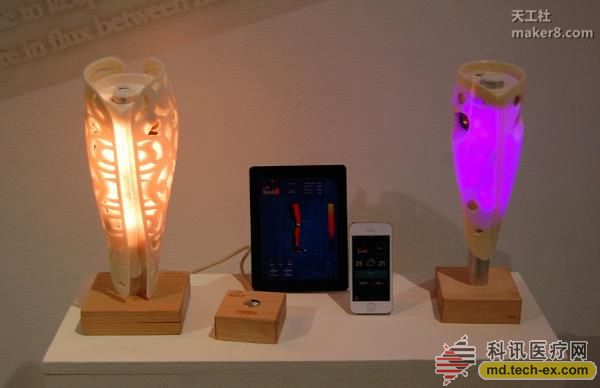
For a limbu prosthesis, walking ability is only a small part of the function it can provide. The many sensors embedded in it have many medically convenient functions, such as tracking the progress of rehabilitation. In addition, its internal motion sensors help doctors track the direction of their limbs, movements, etc., all of which enable doctors to further optimize their recovery options. 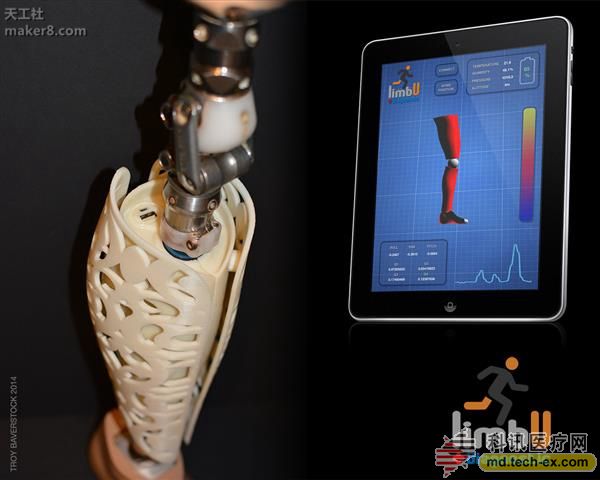
But there is even better. “The smart electronic components in the limbU can be connected to the phone via Bluetooth and show the user's daily intensity, speed and amount of exercise. The limbU also monitors altitude, direction and GPS coordinates, as well as temperature and humidity to provide detailed daily activities. Chart," Baverstock said. He added that limbU can even be used as a mobile phone charger. What else can you expect? 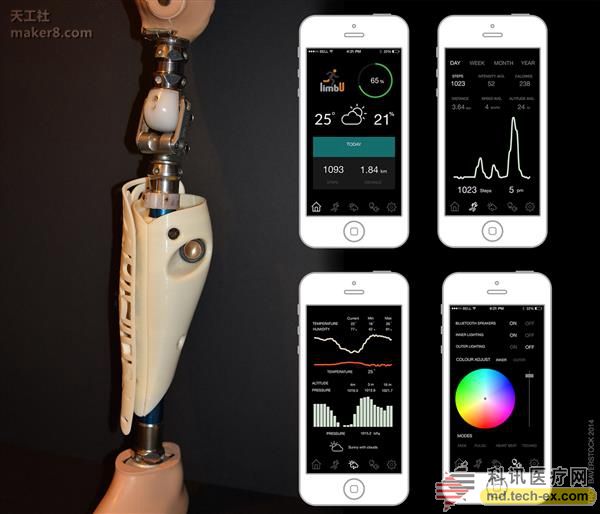
The reason why these excellent features are added to the limbU is because Baverstock has seen the challenges faced by amputees after losing their limbs. Why replace a lost leg with a defective substitute? Why not let it take on a little more than support your weight? “The absence of limbs challenges our sense of identity with others, while traditionally replaced prosthetics can barely meet basic operational needs. LimbU attempts to satisfy the wearer’s personal life by providing more new features and new forms. To redefine the relationship between the wearer and the prosthesis. And through these formal and functional efforts, LimbU hopes to change the perception of the prosthesis in a larger population," he said. 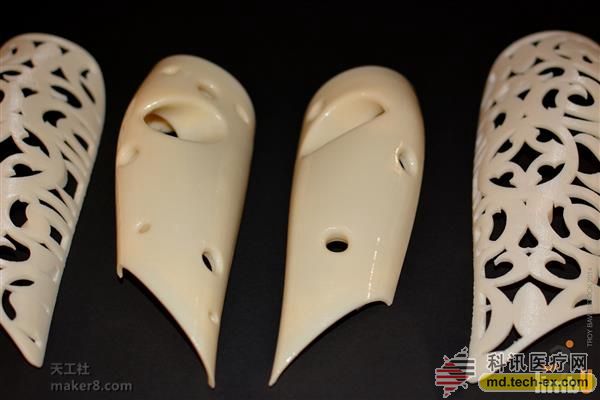
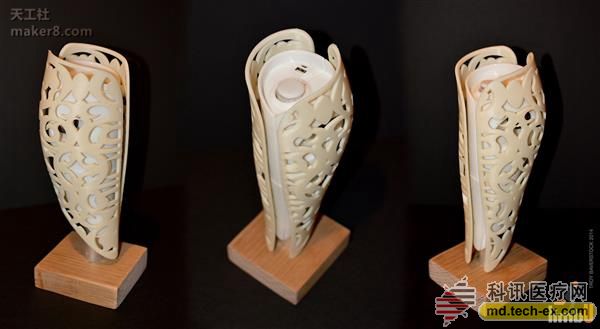
For a student, 3D printing is clearly the best way to start a product. Not only does it make production and customization more efficient, it is also far more affordable than similar prosthetics. He estimated that the cost of making limbU was about $200. He used college-grade 3D printers for a total of about 60 hours.
Source: Tiangongshe
Canned Mixed Vegetables,Mixed Vegetables Canned,Mixed Vegetables Tin,Mixed Canned Vegetables
ZHANGZHOU TAN CO. LTD. , https://www.zztancan.com